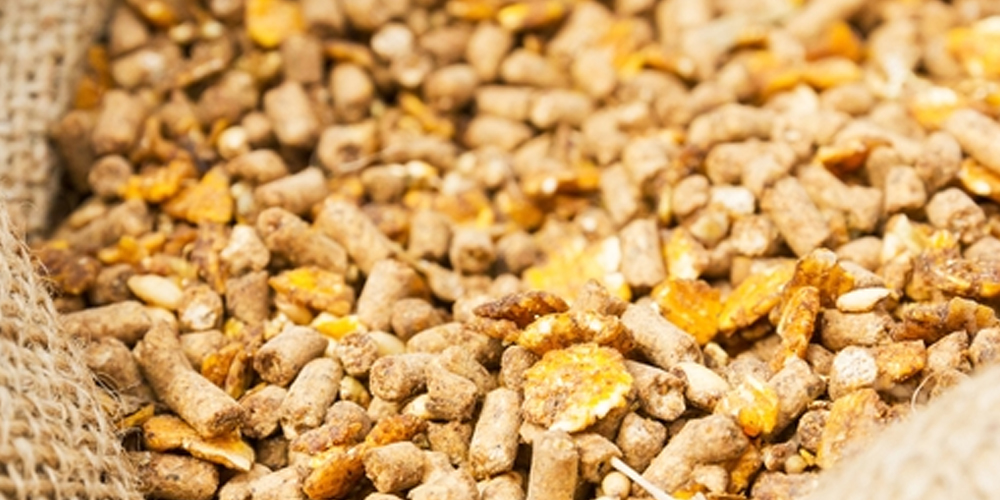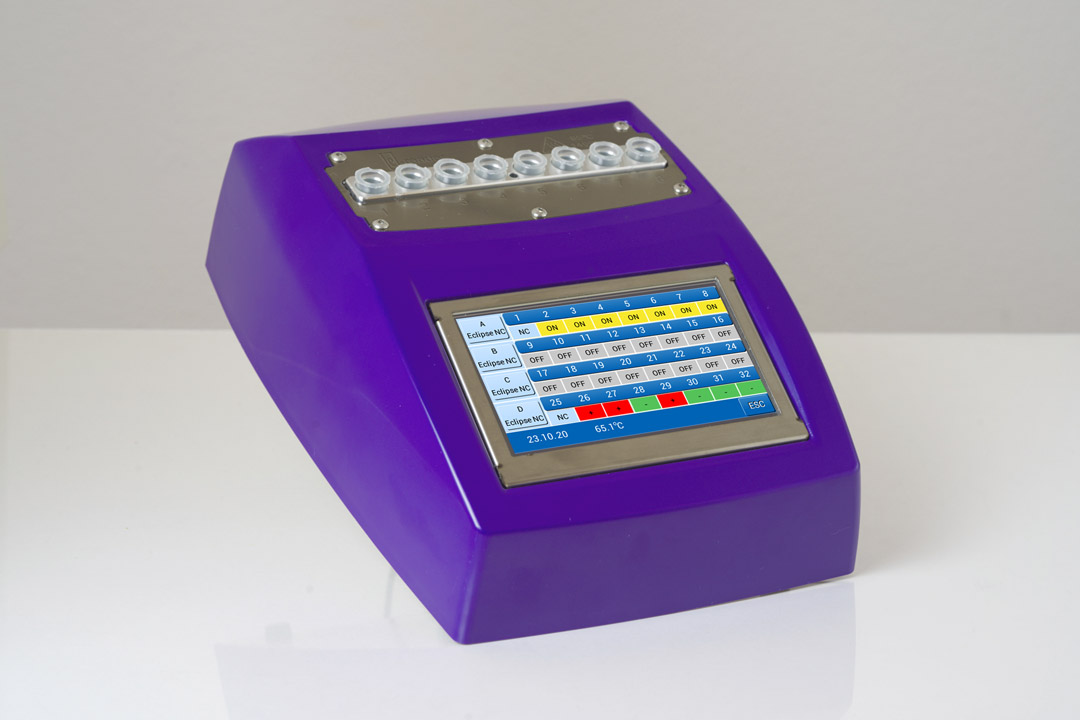
Detection of antibiotic residues in feed: from farm to fork
26 Feb 2015The use of antibiotics with therapeutical or prophylactical purposes is a common practice in livestock. These antimicrobials are often administered to food animals through medicated feedingstuffs.
Antibiotics in feedingstuffs
Medicated feedingstuffs may be defined as mixtures of veterinary medicinal products and feed intended to be fed to animals because of their therapeutic or preventive features. Antimicrobial products that are part of medicated feedingstuffs must have been authorised for the animal species which the feed is administrated to and must also be included in Council Regulation 2377/90.
Medicated feedingstuffs usually contain high antimicrobial concentrations but it depends on the intended aim and physiological-health state of the animals. Common concentrations (mg/Kg of feed) of active substances in medicated feeds range between 50 and several thousands.
Why is detection of antibiotic residues in feed interesting?
A number of factors might play a role in the unintentional contamination of negative feeds with antibiotics (human error, improper production, handling and storage practices). As a consequence, small amounts of medicated feedingstuff may be left in production line or storage tanks and lead to a cross-contamination of next batches of negative feed.
Risks of unintentional presence of antimicrobials in feedingstuffs
Several potential risks arise from cross-contamination of negative feeds, both to animals and to consumers:
- Unexpected antibiotics in feedingstuffs could interact with other medical agents administered to animals. Therefore, a therapeutic failure might be observed associated with economic losses for the producer.
- A mixture of medicated and non medicated feeds could prompt sub-therapeutic concentrations of antimicrobials in feed, creating and ideal scenario for the induction and transfer of antibiotic-resistance mechanisms. In this way, these antimicrobials could become ineffective against animals pathologies and the resistance mechanisms could even be spread contributing to reduce effectiveness of human medical treatments.
- Moreover, these unintentional antimicrobials in feed could enter the food chain (eggs, milk, meat, etc) since withdrawal times will not be followed. Researchers have proved that low levels of cross-contamination (2 mg of sulphonamides/kg of feed) can be significantly involved in the presence of residues in animal tissues. In certain circumstances, residues of antimicrobials above maximum residues levels (MRL) could even be found in foods of animal origin. The detection of these illegal products by control mechanisms (self-management plans, Official controls, analysis in industries…) could give rise to considerable economic losses for the producer and legal isssues. In the worst case scenario, these contaminated foods could elude control barriers, reaching the consumer and could be linked to allergic reactions of toxicity in sensitized individuals. However, it is generally assumed that their main risk is the development of antibiotic resistance mechanisms in human pathogens.
Methods for detection of antibiotic residues in feed.
Different analytical procedures can be chosen to detect antibiotic residues in feed. Since antimicrobials do not share a common chemical structure, it would be advisable to use screening methods if the antimicrobials to be detected are not known. Screening methods are –generally- microbiological tests that allow the analysis of many samples with a single assay. These tests are relatively cheap and and they have a broad spectrum of sensitivity. They are usually easy-to-perform and economical tests capable of distinguish positive samples (samples that may contain antimicrobial residues levels above limits of detection (LOD) of the test). In a second step, more specific methods (immunological and chromatographic methods, mass spectrometry) might be performed with positive screening samples for identification and quantification of the antimicrobial residue.
Explor er 2.0 and e-Reader: an innovative tool for antibiotic detection in feedingstuffs
er 2.0 and e-Reader: an innovative tool for antibiotic detection in feedingstuffs
Explorer 2.0 is a qualitative test for the detection of inhibitory substances in several matrices and foods (raw meat, kidney, liver, feed and eggs). The test is based on the inhibition of microbial growth and can discriminate samples containing antimicrobial residues above LOD. The use of e-Reader coupled to Explorer 2.0 allows the integration of incubation and reading since the device will stop the assay in the most suitable moment to assure the best test sensitivity performance. Moreover, e-Reader will interpret assay results in an objective manner and store the data, guaranteeing system traceability.
Feed sample preparation
- Weigh 1 ± 0.1 g of ground feed sample, place in a clean tube.
- Add 20 mL of PBST previously preheated (approximately 40ºC)
- Homogenise for at least 30 min using a magnetic stirrer or a roller until the sample is fully dissolved.
- Centrifuge for 15 min at 2000g. Alternatively, filter the mixture using a 0.45 μm filter.
- The supernatant is ready for the analysis.
Test procedure
- Add 100 μl of sample.
- Incubation at room temperature for 20min.
- Remove samples by washing with distilled water. Seal the test tubes.
- Place the sample tubes in e-Reader to begin the assay.
- e-Reader will stop automatically the assay and results will be displayed on the screen.
Test LOD
Explorer 2.0 can detect a wide range of antibiotics in feed. The LOD (μg/Kg) for a number of antimicrobials representing the main families of antimicrobials are shown in the table.



